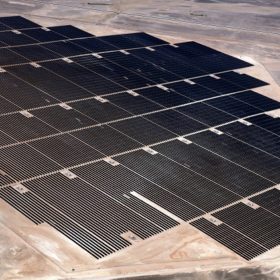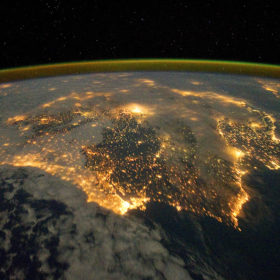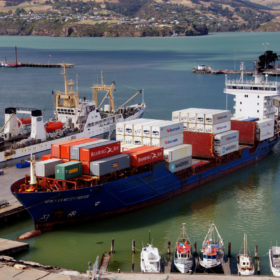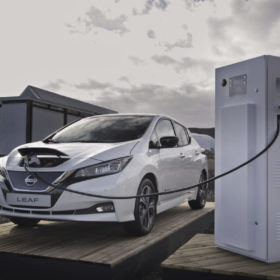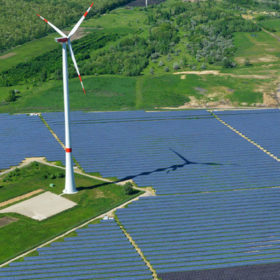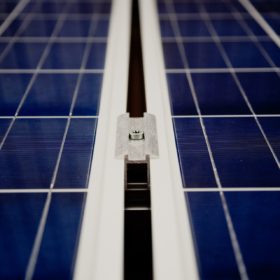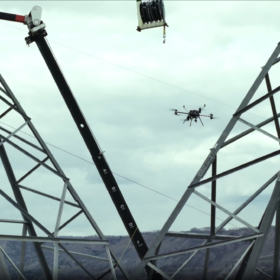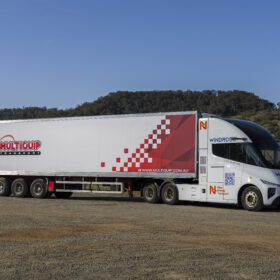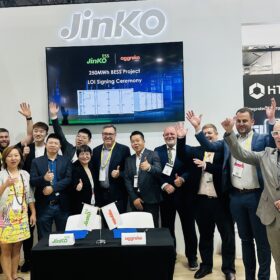A guide to the world’s largest solar power stations – 1
In the first of a short series of blogs, solar energy pioneer Philip Wolfe highlights the differences between solar farms, solar parks and clusters, in order to identify the world’s largest solar power stations.
How corporates are leading the 100 percent renewable energy transition
An historic new report from Energy Watch shows that we can reach 100% renewable energy in just a few decades, and it’s affordable; making this the clear answer to tackling climate change.
New global sustainability standard for solar modules in the works
Dustin Mulvaney is a solar industry veteran. Associate professor at the Department of Environmental Studies, San José State University, in the United States, he recently published a new book this April, Solar Power, Innovation, Sustainability, Environmental Justice, which looks at creating a “more sustainable and just solar industry for the future.” A part of this is the creation of a new global sustainability module standard. He spoke with pv magazine as part of the launch of our new UP initiative.
PV leads the way as renewables threaten coal-fired power
With clean energy being generated at lower and lower prices around the world, solar power is playing a leading role in bringing the curtain down on coal, and will help the decarbonization of transport and space heating too.
Protectionist measures working as Chinese export destinations shift
While the world’s biggest solar manufacturers are confident there are plenty of alternative markets for a rising volume of panel exports, the message spelled out by first-quarter shipment figures is that protectionism works.
Global electric car fleet may reach 250 million by 2030
The International Energy Agency says more than 2 million electric vehicles hit the road last year, to take the total to more than 5 million. The agency has stressed the importance of public policy, charging infrastructure and a fall in costs for continued EV uptake, and says up to 43 million EVs could be sold in 2030.
100 GW: PV in its teens
With almost 100 GW commissioned in 2018 (the same level as in 2017), the PV market was stable at a global level, writes Becquerel Institute’s Gaëtan Masson. This hides different market developments, as for example the decline of the Chinese PV market from 53 to 45 GW, and growth in other markets. The global market, exempting China, grew from 41 GW in 2016 to 46 GW in 2017, a rather big jump as it reached close to 55 GW in 2018.
LONGi launches new high-powered half-cut bifacial module
The Hi-MO 4 offers power ratings up to 430 watts, with module efficiencies as high as 19.2%, as the latest high-powered module to hit the floor at Intersolar Europe.
Unstoppable power: pv magazine starts new UP campaign for more sustainability
This year, pv magazine is setting a new editorial agenda. Via our program, UP, we will be diving deep into the topic of what it means to be truly sustainable, looking at what is already being done, and discussing areas for improvement. Over the coming weeks, months, and years, we will share our findings across our various digital platforms, in our print magazines, and via our roundtable events and webinars. Are you UP for it?
Global cumulative PV capacity may reach 1.3 TW in 2023, SolarPower Europe says
The European solar trade body expects 128 GW of new PV capacity in 2019, with China likely to bring around 43 GW online and Europe experiencing enough demand to deploy about 20.4 GW. In 2020, global solar demand is expected to reach 144 GW, while in the following three years new PV additions are forecast to total 158 GW, 169 GW and 180 GW, respectively.
